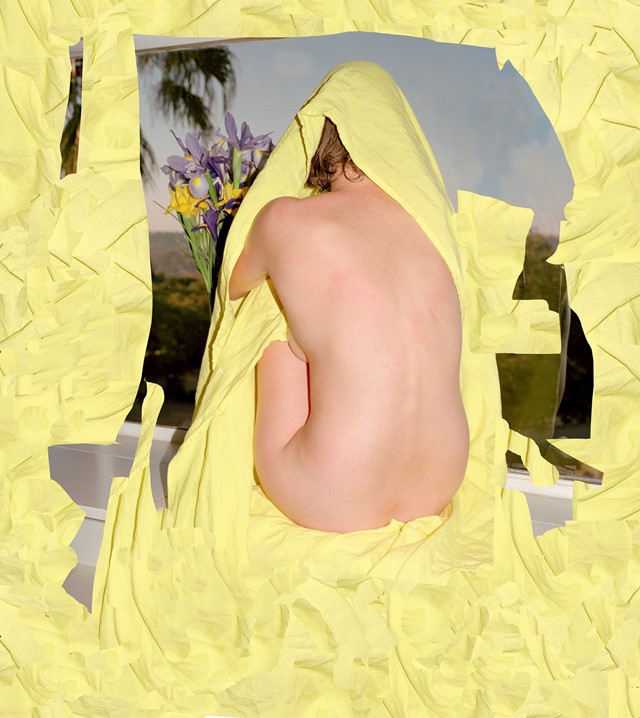As his debut solo show opens in London today, photographer and sculptor Nico Krijno reveals why he has no interest in the art world's luxury facade
The curious title of Nico Krijno’s first solo UK show, The Fluid Right Edge, at Beetles + Huxley gallery in London may well be borrowed from experimental composer Robert Ashley’s TV opera Perfect Lives. “I listened to a lot of Ashley while making this work – he’s got a very soothing way of saying things,” notes the photographer. But for Krijno, titles are just a way to catalogue his images. “I totally agree with William Eggleston when he talked about words and pictures not having anything to do with each other,” he says. “I understand for some it’s important, but in my case it goes against the grain. Clever post-post-ironic titles are annoying, and ‘untitled’ works just confuse my cataloguing process.”
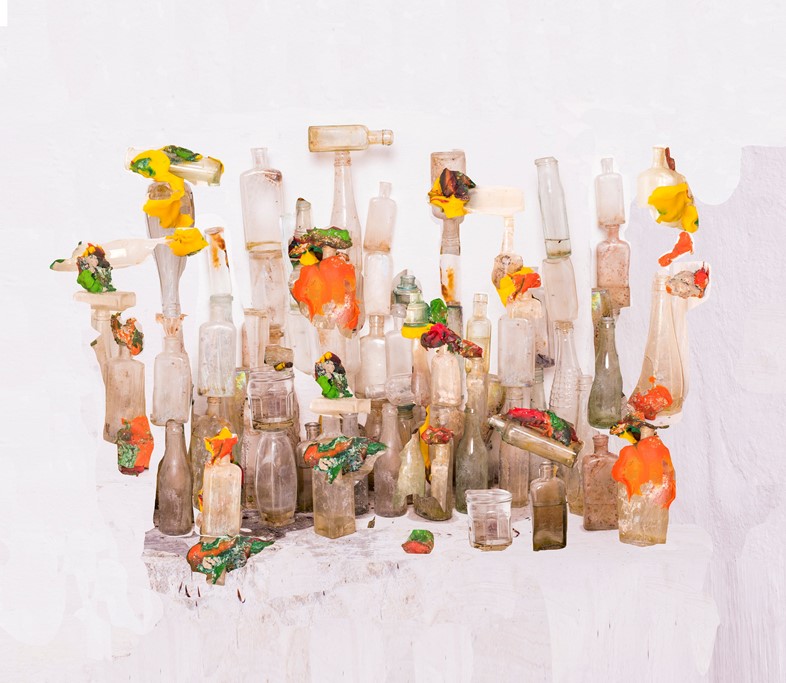
Fair enough. Still, you can’t help but enjoy the sounds of the sentence ‘The Fluid Right Edge’ when you say it out loud, and wonder what on earth it might mean. But communicating obvious meaning in his work is not something the South African is too concerned about either and, while some might say Krijno fits with the recent wave of photographers intent on deconstructing the still life genre, Krijno is very much his own artist. “I guess the deconstructing part fits more with my idiosyncratic relationship to and experimentation with photography, and the representation thereof,” he says. “I’m really just asking questions about the use of photography and how our relationship to objects can change over a time… I’m interested in the transformation the camera creates, the flatness. I work as a sculptor might. I create some permanent forms and some temporary structures, but only to be photographed.”
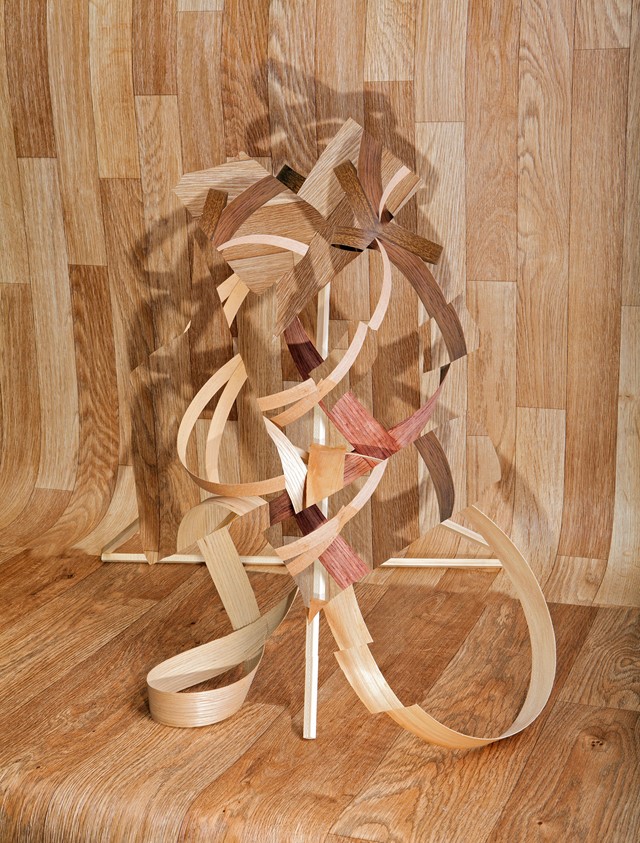
More than 20 of Krijno’s photographs, including those from his on-going series New Gestures and Generator, will be on show at the London gallery. Choosing what to show and how to show it was as much a process as anything, says Krijno. “Certain works form the structure of the house – a container for the main ideas – and the others form the furniture and dressing,” he says poetically and a little cryptically. “Some are its inhabitants, various characters in the story. However abstract it might seem, central to the work is that strange relatable response that wells up in the viewer as they experience the constellation contained within the gallery space.”
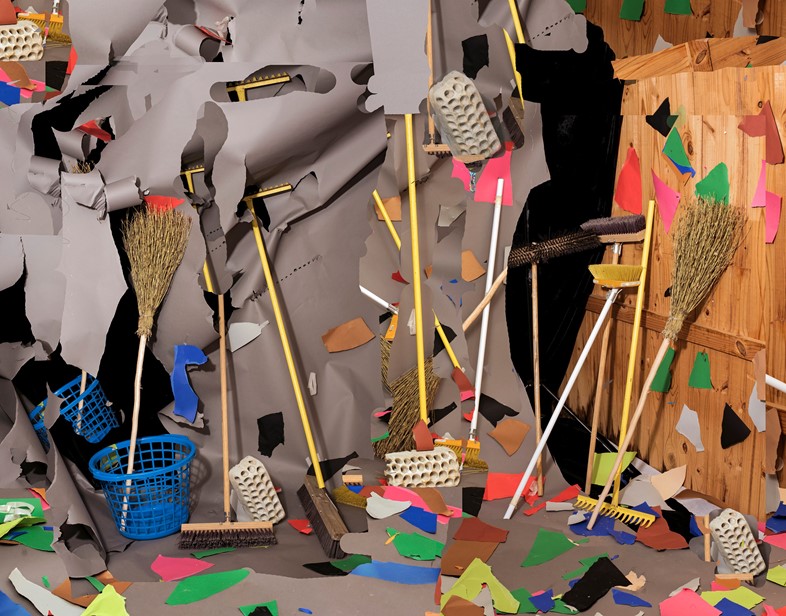
On the relationship between his photographs…
“The conversations that open up between seemingly disparate images – this is really what my process is about, or rather what I’m deeply fascinated by. In my case I feel it’s best to leave [these dialogues] to the viewer, as if I say one thing, that will be the only thought in the room and the work.”
On the objects and materials he works with…
“Quotidian, disposable, discarded, craft materials, my body. Cheap paints, salvaged wood, art supplies, potter’s clay, play-doh, bread dough. I work with whatever I can get my hands on that resonates with me. These things are then processed into new forms and original meaning is stripped. They are doused in paint, restructured, burnt, reassembled, shattered, used up and thrown away again. There is a basic script I follow, but I leave the process as open to chance as possible. I prefer the honest, real, broken, the ugly, and sad to the golden, high gloss veneer of the luxury art world’s facade. Life is mostly stinky and messy.”
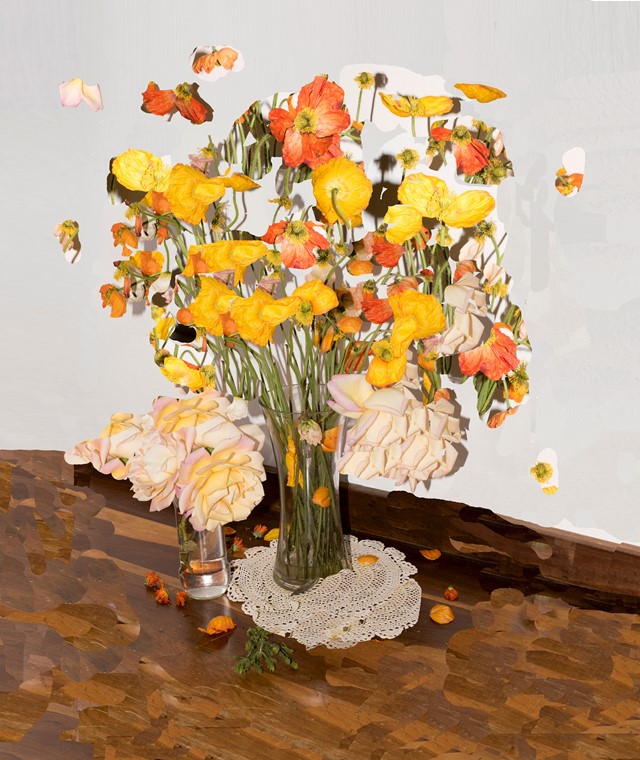
On his working process…
“My usual starting point is setting up a new space. The environment – the cocoon in which I create – is very important for me. I inhabit the space, get under its skin, and see what it has to offer. I dress it like a teenager decorates his bedroom. I select a few basic elements to play with and then I start exploring those objects in various ways. It can get very messy – the mess is very important… I use constant light, cheap flashes, and there is nothing quite like the sharp, white light of the African sun.”
On post-processing in his work…
“I’ll scan an image and start to play with it in Photoshop until it’s resolved. I usually access several scans of the same object or scene with slight variations, which I use in an illusory way to warp the viewer’s perception of what is reality and what’s been tampered with. This all happens very quickly, which is an important aspect, and speaks of the spontaneity [of my work], and the decisive moment for that matter.”
The Fluid Right Edge is on show at Beetles + Huxley, London until April 22, 2017.
